Mascarpone - a constant component of the favorite of many of us Tiramisu. Strange or not, although it is cheese, mascarpone is mostly used in desserts, especially in creams and mousses. And this is no accident, this Italian cheese will firm texture and soft and creamy body is very conducive to exquisite desserts.
Mascarpone is an Italian specialty discovered long ago in Lombardy. It has been known by the name Maskarpa, which translates as a byproduct derived from whey in the preparation of typical Italian hard cheeses. The very word mascarpone can be translated as "cloth with lard" or "oily cloth."
If you wonder why, you know that mascarpone is the consistency of cottage cheese, but without its characteristic grainy structure. This is due to the high percentage of fat in the cheese. Once mascarpone was considered a type of yogurt, because it uses a natural vegetable oil extracted from the seeds of the tamarind tree.
Mascarpone has a soft and fresh texture, color is white to creamy yellow and with an elastic structure. While in production, this unique product is inherently more like yogurt, mascarpone remains with a firm definition - Italian cheese with a high fat content - 75%.

The appearance of fresh mascarpone is soft, white or straw yellow and has a very compact structure, but it is flexible and suitable for lubrication.
Composition of mascarpone
100 grams of mascarpone contains: 428 Kcal calories, 46 g fat, 125 mg cholesterol, 7 g protein.
Selecting and storing mascarpone
Fortunately for the home user and connoisseur of fine Italian cheeses, mascarpone can be found in large and small stores with ease. Available mostly in packs of 1.1 lb (500 g), which is absolutely enough to prepare some of your favorite desserts.
The only thing that we may suggest is that you buy a quality product with a good price and read the expiration date. Better after opening the package to use the cheese soon, but in the refrigerator durability is several days.
Some often try to replace it with a "more cost effective" equivalent, such as cottage cheese and cream cheese. Of course, their taste has little to do with the original quality and Italian cheese from Lombardy.

Culinary use of mascarpone
Mascarpone is soft and buttery, and its elastic texture makes it very suitable for spreading. In combination even with sugar, you can get an excellent cream for your cake or pie. You can eat it just like that in combination with cookies, biscuits or in your morning breakfast with some granola and dried fruits. Everything that is made with soft cheese can be made with mascarpone - sauces, fillings, etc. Very easy to prepare ice cream or mascarpone cheesecake too.
Mascarpone is perfectly combined with the taste of the espresso coffee and, in general, different fruits, and in combination with brandy, rum or dessert wine and is a real delight for the senses. Quite often, the taste is combined with a light beer. Making cream with Mascarpone is as easy as child's play.
Recipe for Mascarpone Cream
Ingredients: mascarpone - 1 1/5 cups, 3 eggs, sugar - 3 tablespoons, wine - 3 tablespoons, Marsala or rum
Preparation: Beat egg yolks with sugar until they are a fluffy cream. If you have any doubt about the origin of the yolks, you can do it in a container in a water bath, but be careful not to cook the yolks and disrupt their smooth texture. Separately, beat egg whites to hard snow and carefully mix with whites. Stir slowly and add the mascarpone in portions. Finally add the flavor of Marsala or rum. Possibly hold the Mascarpone cream together with biscotti or alcohol plums (Vin Cotto con le Prugne).

Homemade mascarpone
Ingredients: liquid cream - 1/2 cup (125 ml), milk - 1 cup (250 ml), lemon juice - 1 teaspoon,
Props: thermometer, sieve, cotton cloth
Mixed with the liquid milk, the cream is poured into the pan. Heat gradually, stirring gently. When the temperature reaches 190°F (85 °C), the pot is removed from the hot plate. While stirring continuously, gradually add the lemon juice. At this time, the temperature of the cream will be 180°F (82 °C) and the pan is back on the stove. Stirring continuously, the temperature is between 180°F (82 °C) and 180°F (84 °C). From time to time, remove the spoon in order to see the texture of the finished product.
If when removing, the spoon is almost clean, with a small dense drip, the heating continues. Mascarpone is ready when upon removing the spoon is wrapped tightly by liquid cream and the liquid remains on athe spoon when vertical. Then remove the pan from the heat and stir continuously, to cool it to 120°F (50 °C).
Mascarpone is poured into a colander and covered with a cotton cloth. Once drained, the cloth is tied and the liquid should be drained completely. The dense mixture is drained back into the colander and pressed with a weight – like pack of beans. Allow to stand in the refrigerator for 10 hours. In a few hours, pull it out and mix it carefully.
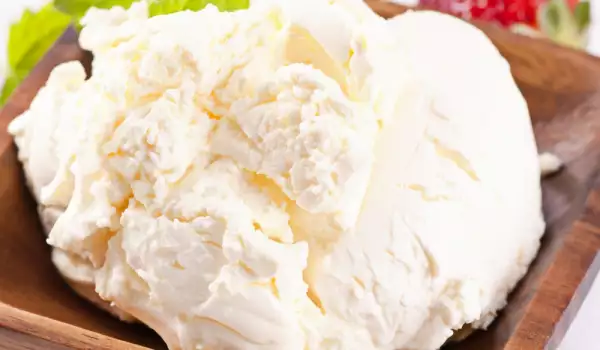
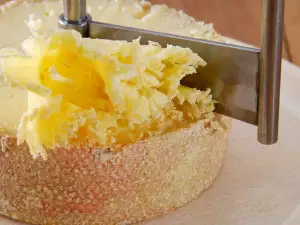
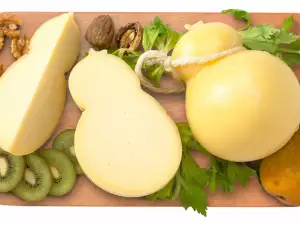


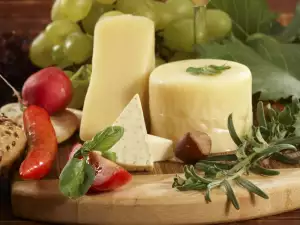

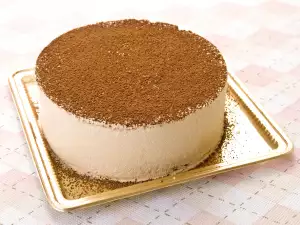


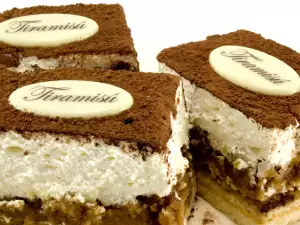
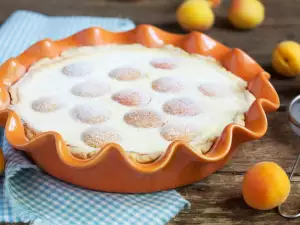



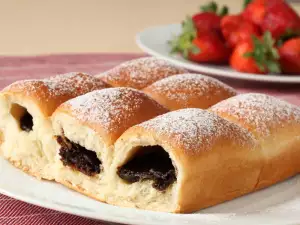




Comments